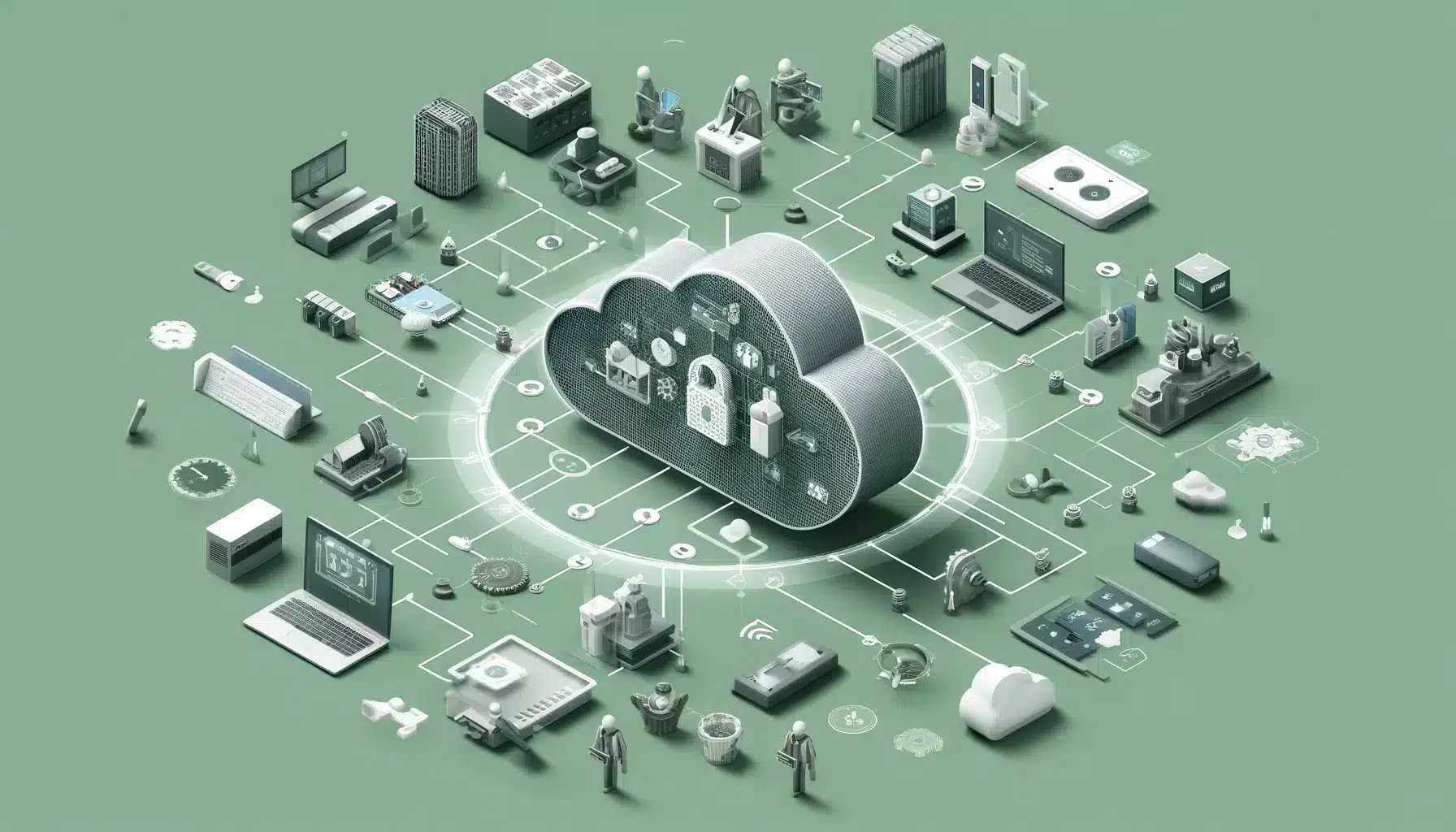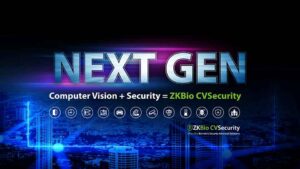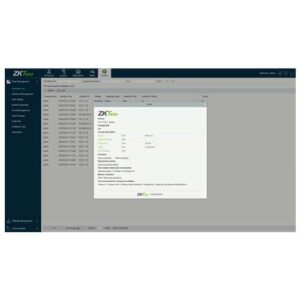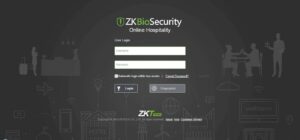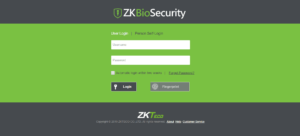
Introduction
In the landscape of business security, traditional access control systems—rooted in physical tokens and manual checks—are giving way to innovative, cloud-based solutions. These modern systems offer seamless, real-time management of access points from anywhere in the world, marking a significant shift in how businesses safeguard their premises.
The Shift to Cloud-Based Access Control
In this shift towards the cloud, businesses find not only enhanced security but also unprecedented convenience and scalability. This article will unpack the critical benefits that cloud-based access control systems bring to New Zealand businesses, heralding a new era of security management.
For an in-depth look at how these systems redefine security, our following sections will cover everything from the fundamental advantages to integration with existing infrastructure.
Moving away from the traditional, physical systems that once reigned supreme in the realm of access security, cloud-based access control systems are carving a new path for modern security needs. Through an internet connection, these systems enable secure, flexible, and remote management of access points.
Understanding Cloud-Based Access Control
At its core, a cloud-based access control system utilizes off-site servers to store, manage, and process data. This means all aspects of access control—from granting entry to tracking movements—are handled through cloud software, making it accessible anytime, from any internet-enabled device.
For instance, our flagship cloud-based access control software suite, ZKBio CV Security, exemplifies robust access management. It offers features such as real-time event monitoring and centralized management of access credentials, showcasing the practical benefits and applications of adopting cloud-based systems.
Drivers for the Cloud Revolution
Advanced systems like ZKBio CV Security integrate hybrid biometric technologies, addressing the growing demand for more secure and scalable access control solutions that are easily manageable from any location.
A few key factors are propelling the switch to cloud-based systems:

Scalability
As organizations grow, so does the need for a flexible security solution that scales with them. Cloud-based systems allow for such expansion without the need for extensive hardware upgrades. For example, ZKBio CV Security, developed by ZKTeco, exemplifies this scalability. It offers modular solutions that are designed to expand as your security needs grow, ensuring that you can increase your system’s capabilities without significant hardware changes. ZKBio CV Security integrates seamlessly with existing systems, enhancing your security landscape as your business evolves. Learn more about ZKBio CV Security.

Remote Monitoring and Management
With a cloud-based access control system, it’s possible to monitor and adjust settings and parameters on the fly, from any location. This includes immediate changes to access permissions and real-time alerts for security teams.
Automatic Updates and Maintenance
Cloud providers handle updates and maintenance, ensuring the latest security measures are always in place without the need for manual intervention.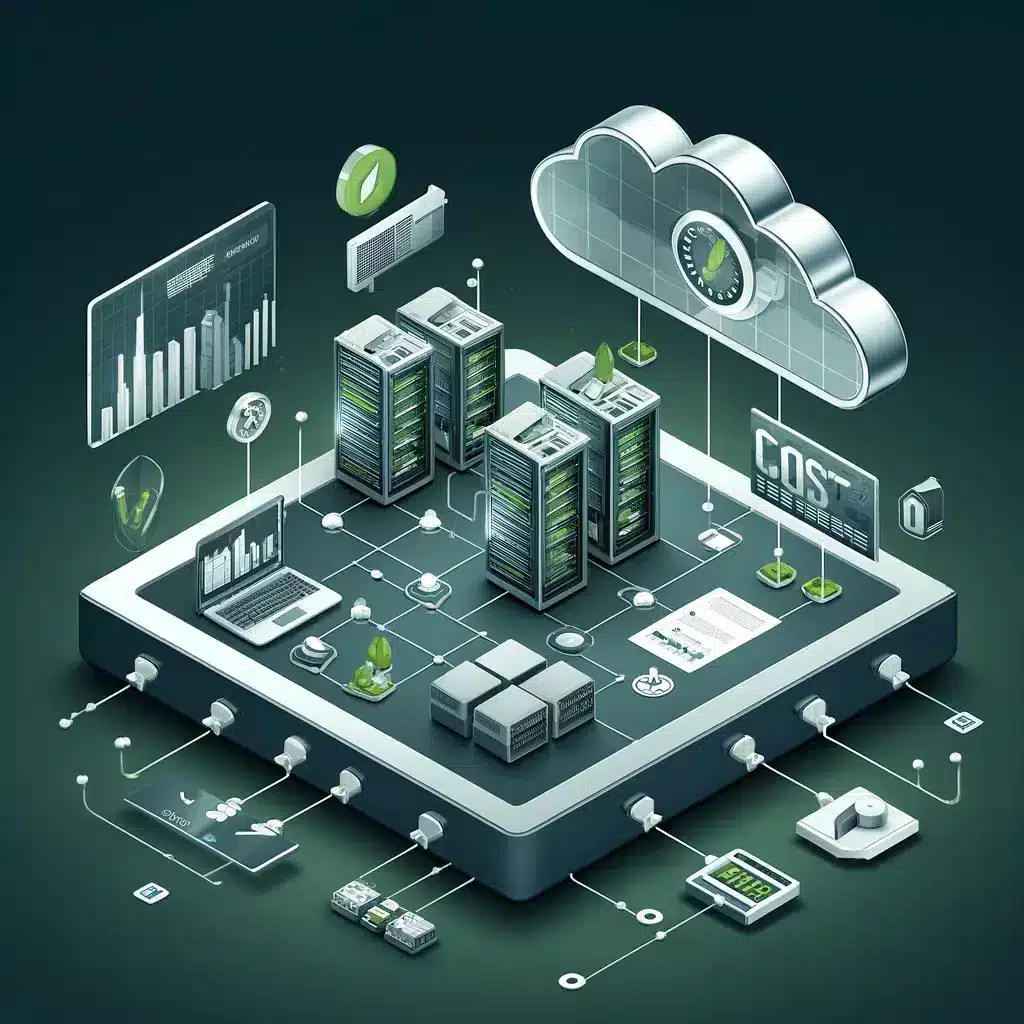
Cost Efficiency
By reducing the need for physical infrastructure and maintenance, cloud-based systems can offer significant cost savings.
Compliance and Data Protection
With cloud-based systems, keeping up with regulatory compliance becomes more manageable due to centralized data, encryption, and automatic security updates.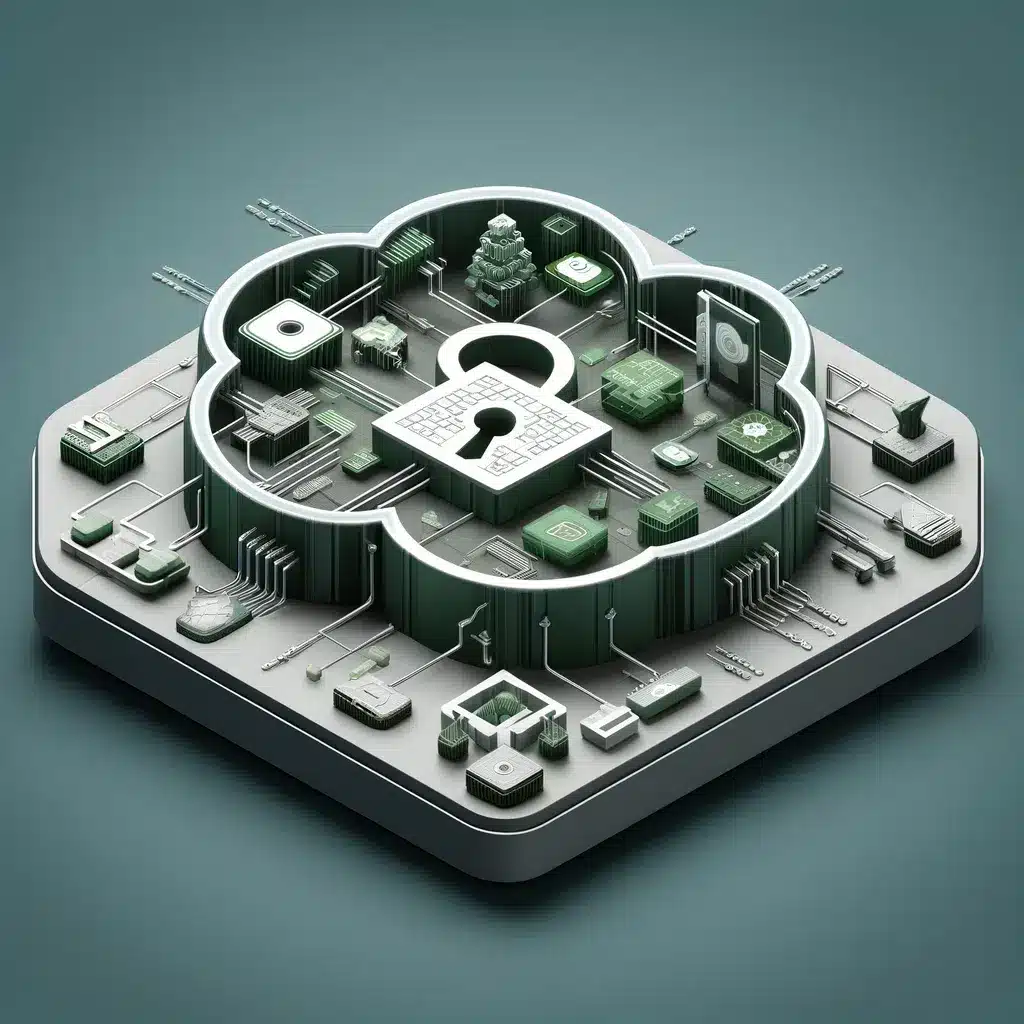
Enhanced Cybersecurity
Cloud systems often provide stronger security than traditional methods due to constant monitoring, multi-faceted security measures, and regular updates. A prime example of such robust security is found in ZKBio CV Security. This platform offers a comprehensive security solution that combines biometric identification with advanced data encryption, ensuring that all access points are protected against unauthorized entry and cyber threats. ZKBio CV Security’s adherence to ISO standards for data protection exemplifies its commitment to safeguarding user data.| Feature | Traditional System | Cloud-Based System |
|---|---|---|
| Installation | Requires extensive hardware and wiring | Minimal hardware, primarily software-driven |
| Management | On-site management required | Remote management from any location |
| Scalability | Scaling up can be costly and complex | Easily scales with minimal additional cost |
| Updates | Manual updates; more downtime | Automatic updates without interrupting system operations |
| Data Security | Dependent on local measures | Enhanced security with encrypted data storage and transfer |
| Cost Efficiency | Higher initial costs for hardware and installation | Lower initial costs and reduced maintenance expenses |
The Advantages of Cloud-Based Access Control
The Intersection of Cloud-Based Access Control and Integrated Security Solutions
Cloud-based access control systems are renowned for their advanced features and integrative capabilities. These systems serve as a nexus point, effortlessly connecting with other security measures such as video surveillance and alarm systems, thus providing a comprehensive security solution.

Seamless Integration for Unified Security
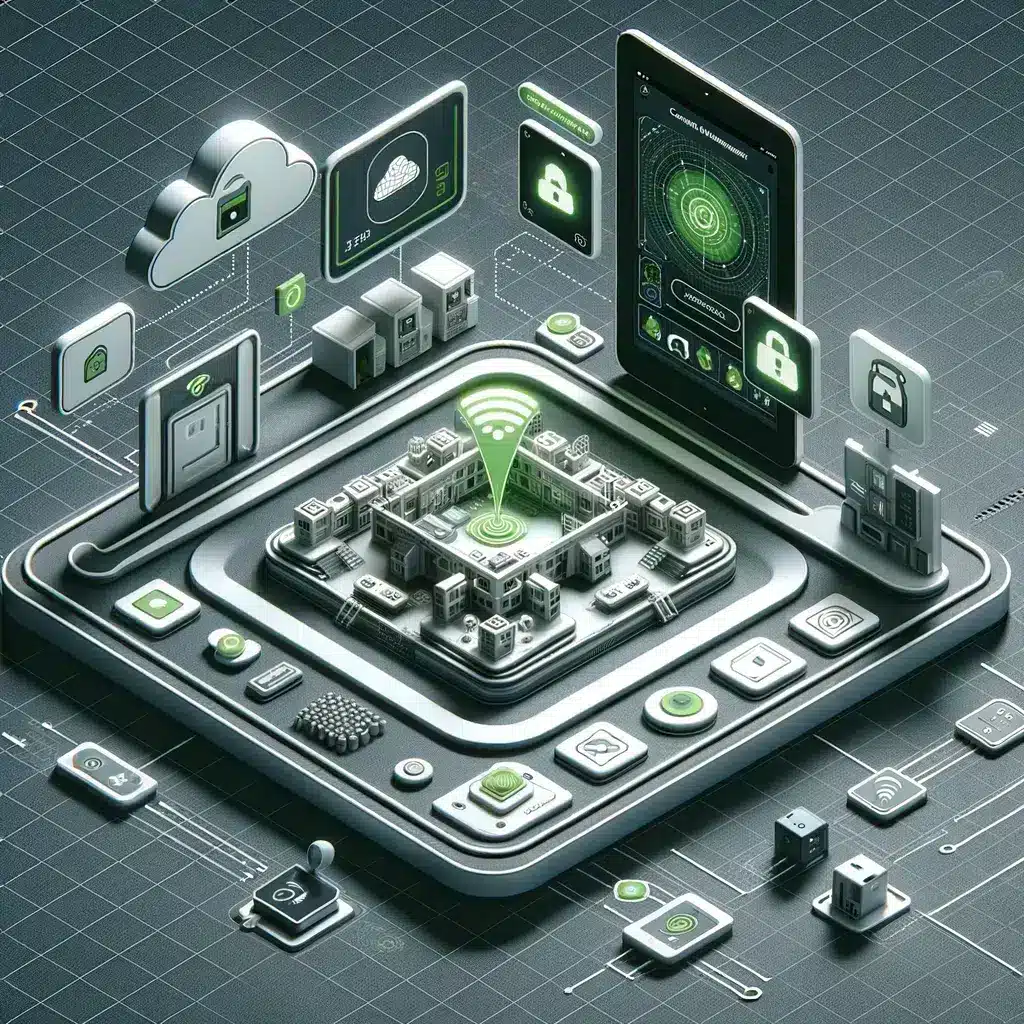
Remote and Centralized Management

Real-time Updates for Enhanced Security

A Holistic Approach to Security and Building Management

Flexibility for the Hybrid Work Economy
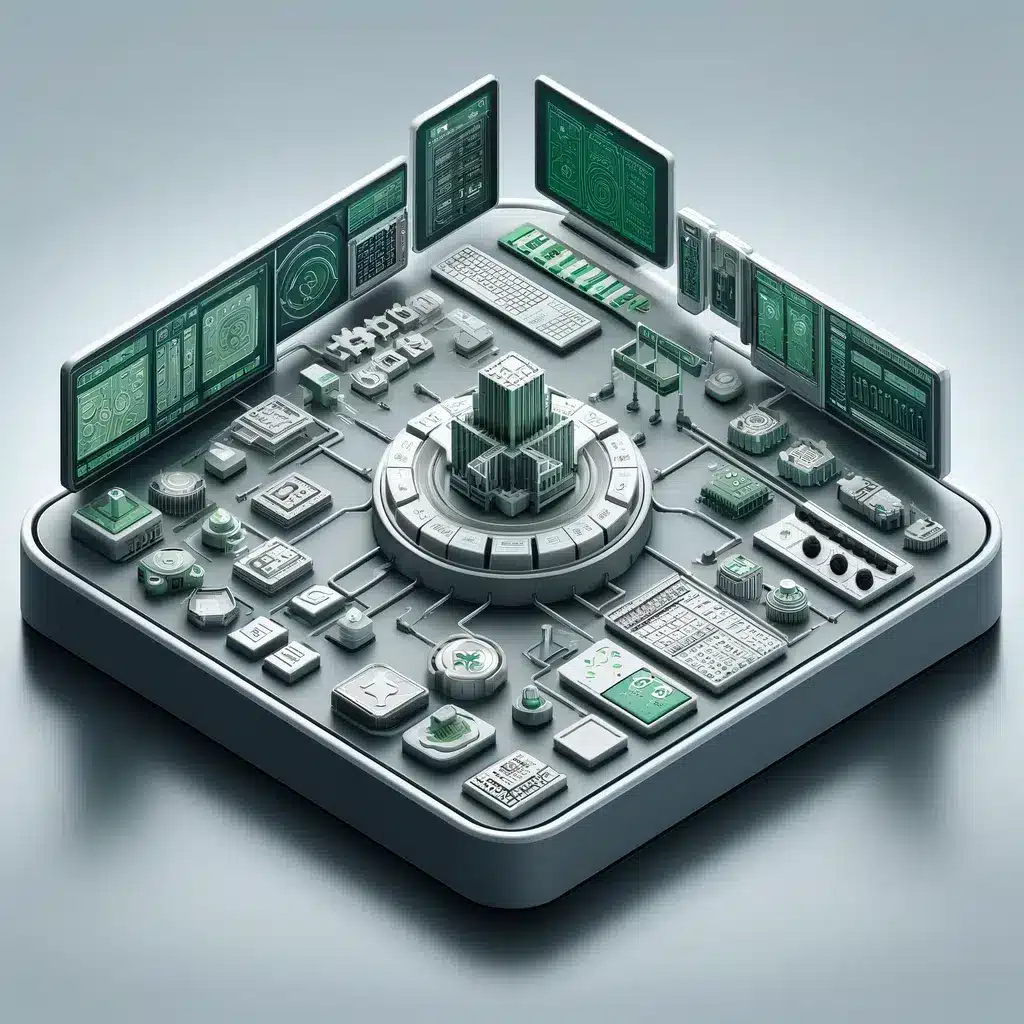
The Importance of Choosing the Right System

